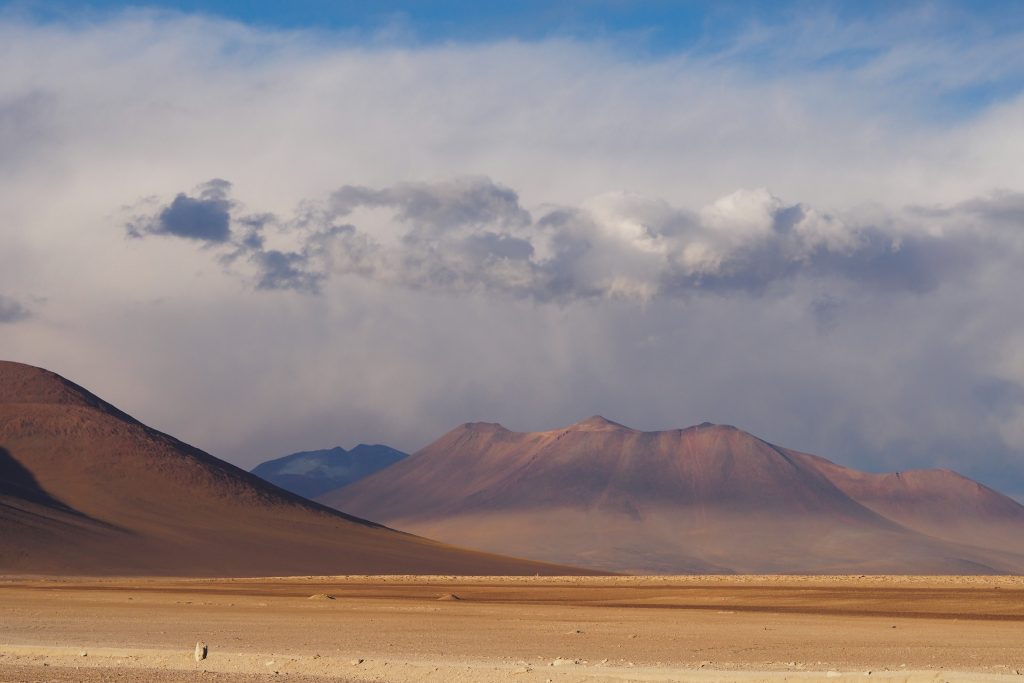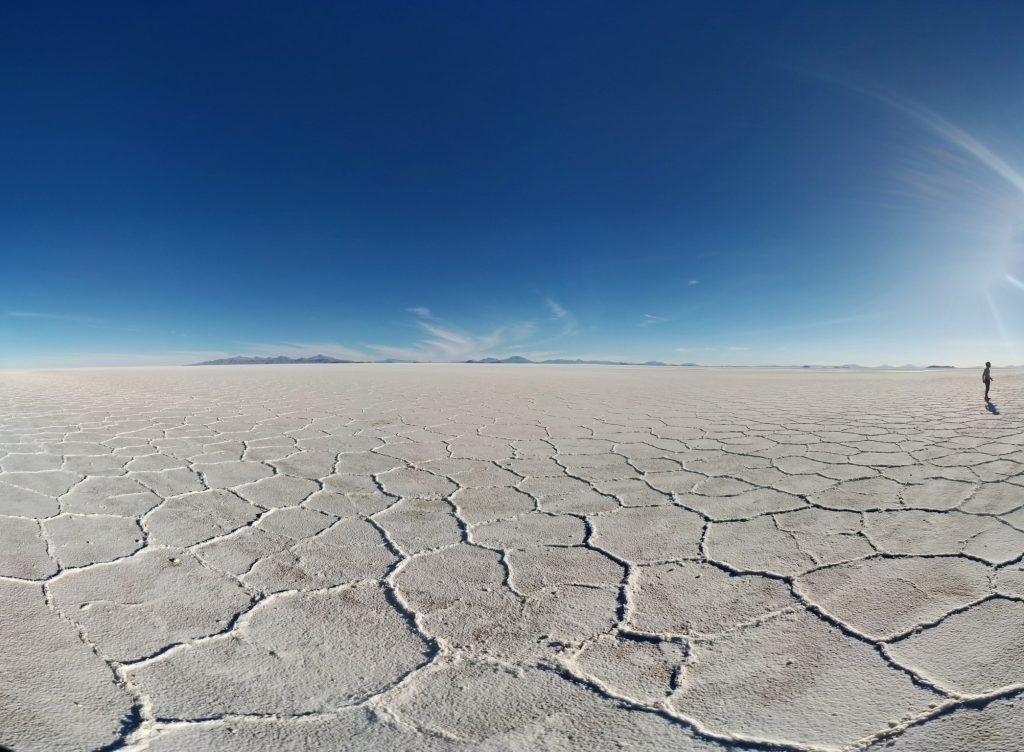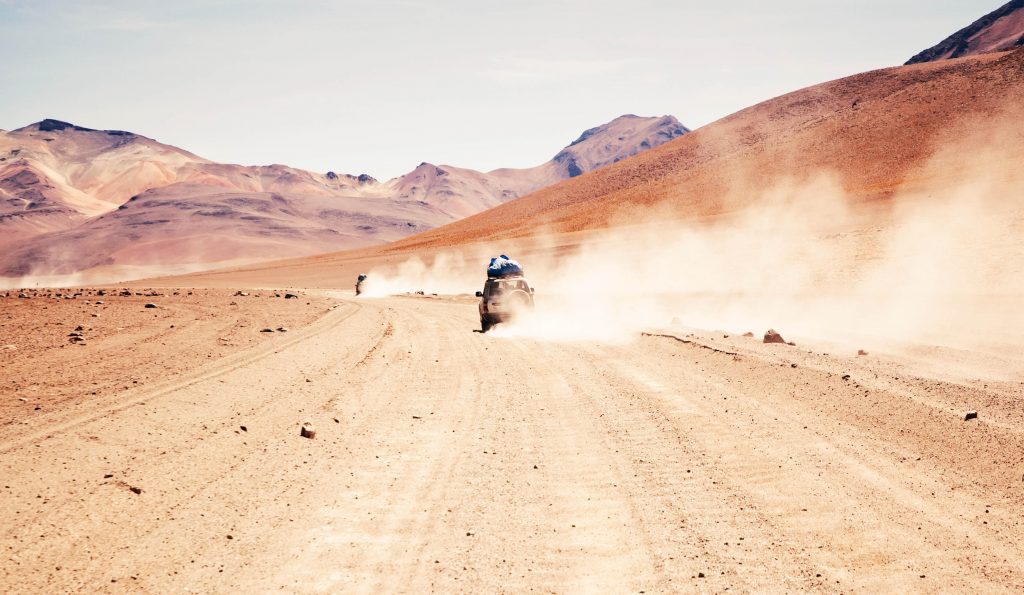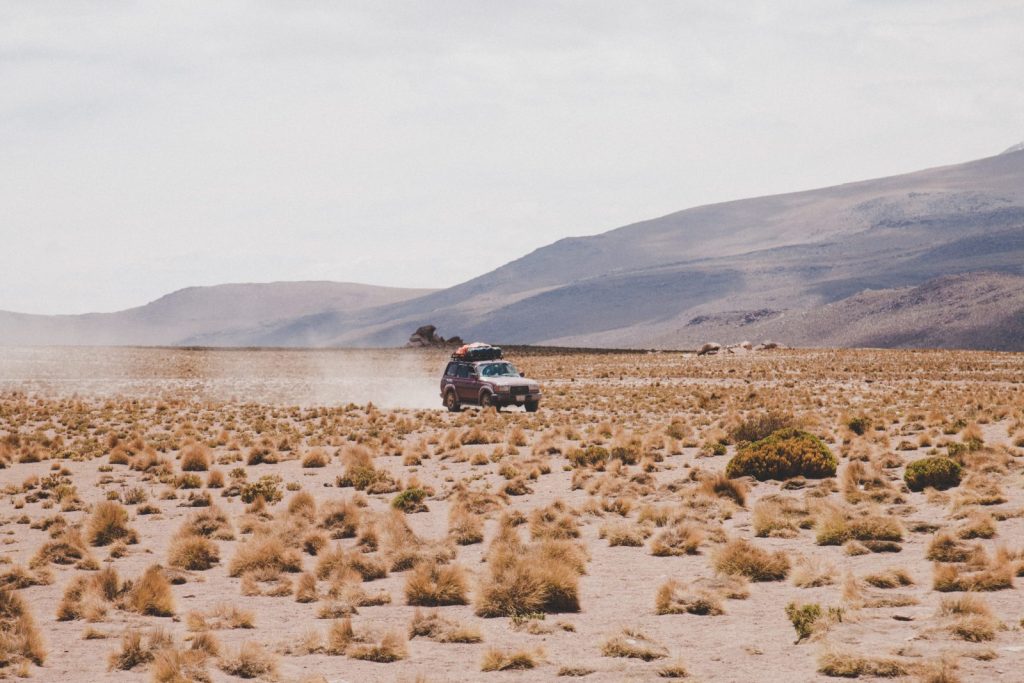Bolivia is sometimes called the Tibet of the Americas, for its arid, high-altitude desert-like plateau, more vivid when called by its Spanish name altiplano. This is one of the toughest inhabited environments on earth from shimmering Lake Titicaca, the only lake to give birth to an empire, to the surreal Salar de Uyuni, the biggest and highest salt lake in the world ” 12,000 sq km of blinding white, completely flat nothingness.
Bolivia:
Bolivia has also been called the Nepal of the Americas, for its Cordillera Real with almost a thousand peaks soaring over 5,000 meters and matching anything the Himalayas can offer in climbing and trekking, but with much less of the human traffic.

Bolivia is its wild
The major attraction tourists have for Bolivia is its wild, unexplored natural beauty. The country, or the greater part of it, lies off the beaten track; a vast wildness waiting to be seen and appreciated. This land-locked country at the heart and peak of South America offers magnificent trekking, especially around Coroico and Sorata in the Cordillera Real. You can go to the Amazonian rainforests in its eastern parts by breath-taking airplane flights or by hair-raising, or rather, heart-stopping bus rides.
Special Treats
Some travel companies offer the adventurous a one-week ice-climbing and biking vacation. After a day of training on the mountain bike, you pedal away on a mountain road ringed on the sides with 800-foot drops. If that’s not enough, another route will pass by a section with a 14,000-foot drop. The route takes you from the peak of the Chacaltaya Mountain and goes down into the impenetrable jungles of the Zongo Valley. A brief rest, and then you undergo one more day of training prior to a two-day climb up Huayna Potosi, one of the highest peaks in the world at 20,000 feet.

What Else to Do
Most parts of the country are remote, and can be reached only by long bus rides. Vacations lasting a few weeks would hardly be enough to see what should be seen. You may have to fly to other destinations. La Paz is the jump-off point for Bolivia’s sites. From the capital La Paz, you could take a trip north to the city of Tiahuanaco, which preceded the great Inca Empire; further north is Lake Titicaca. On the lake is the beautiful Isla del Sol, where legend says the Inca empire was created. You can also go down a terrifying but spectacular road to Coroico, a popular resort town in the sub-tropical Yungas valleys.
Southern Altiplano
With more time, you could explore the remote corners of the Southern Altiplano. Old colonial Potosi is said to be the most interesting of Bolivia’s cities and the site of the Spanish silver mines. Nearby is the official capital, Sucre, with its fascinating colonial architecture. Southwest of Potosi is Uyuni, which sets you off on a 3-4-day tour to the Salar de Uyuni, the world’s largest salt lake. Further south, near the Chilean border, are deserts, volcanoes and multi-colored soda lakes carpeted with flamingoes. The south is also home to the vineyards of Tarija and the graveyards of dinosaurs. The Sajima National Park, near the Chilean border, includes the highest peak in Bolivia.

East of La Paz
East of La Paz, you escape the cold of the altiplano and go down the Amazon jungle towards Brazil. The Torotoro National Park is full of fossils, dinosaur footprints, caves and waterfalls, the real trip for those who love the unbeaten paths.
Bolivia’s newest attraction is the Chalalan Eco-lodge, in the Madidi National Park, right in the Amazon jungle. This is ecotourism in capital letters, and the place has the greatest biodiversity in the whole planet. There are over 300 types of birds, 1,200 butterfly species, monkeys, jaguar, tapir, caiman, and other wildlife.
Best time to go
Bolivia’s roads are notoriously poor, so you’ll want to avoid the rainy season from November to March, if you want to visit the jungles. The Altiplano does not get much rain, so timing is not so crucial although hiking trails can get muddy. June and July, the winter months, are colder but the nights are clearer, and these are the best months to visit the Salar de Uyuni. June to August are the busiest tourism months and hotels will be full. The best festivals (Carnival and Holy Week) happen during the rainy season.
Planning your trip
Airlines are busiest from early December to mid-January and July to September. The best connections to La Paz are through Sao Paolo, Rio de Janeiro, Buenos Aires or Miami. The main cities have their hotels, but away from them, there are suitable hotels for every budget, which offer excellent value ” not luxurious but clean and popular with travelers.

